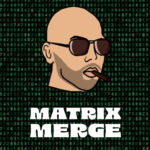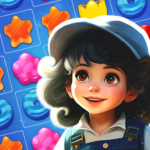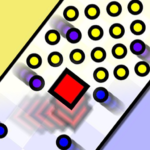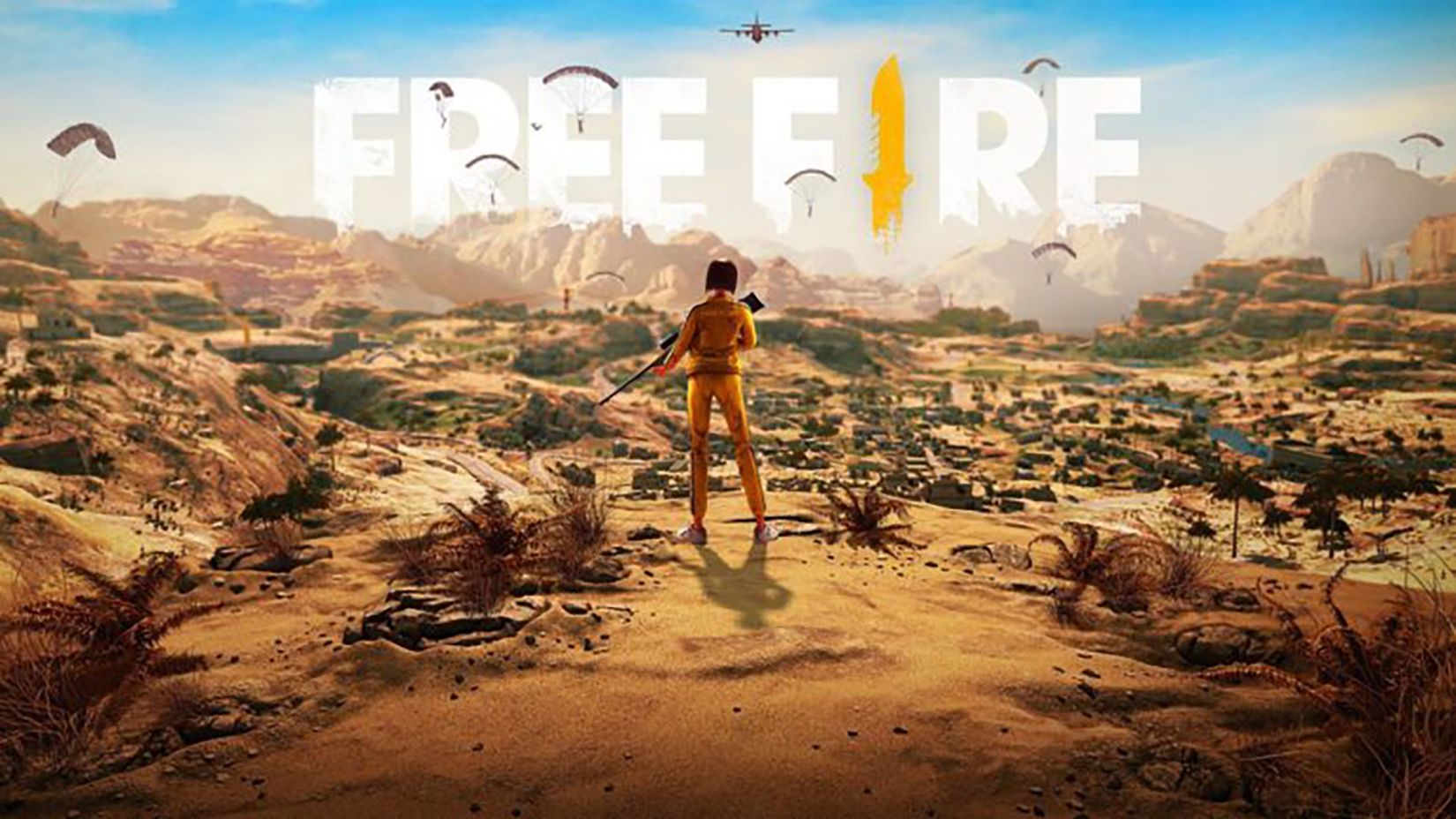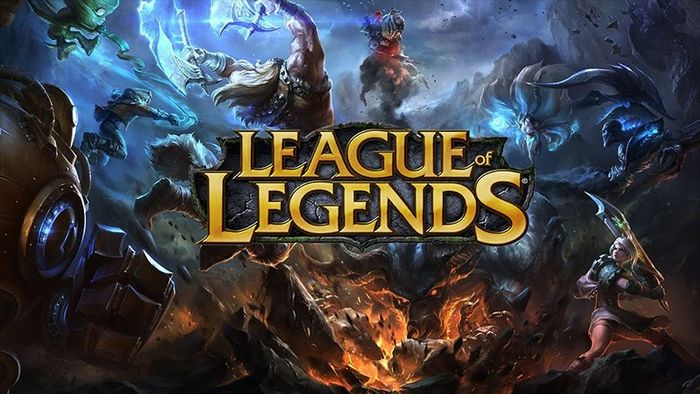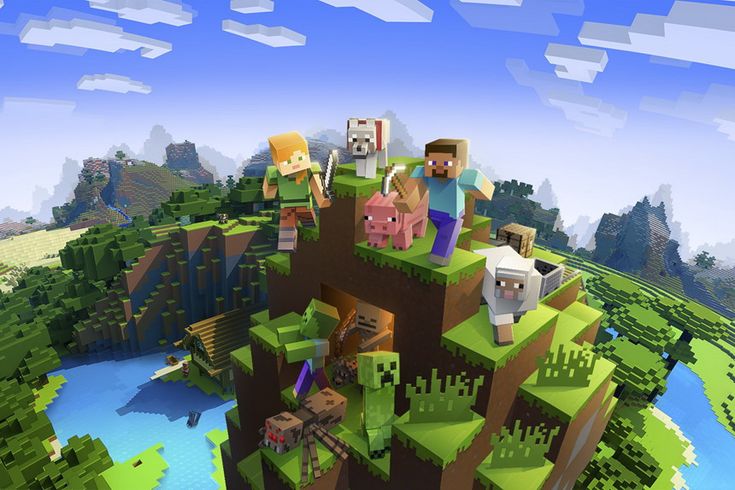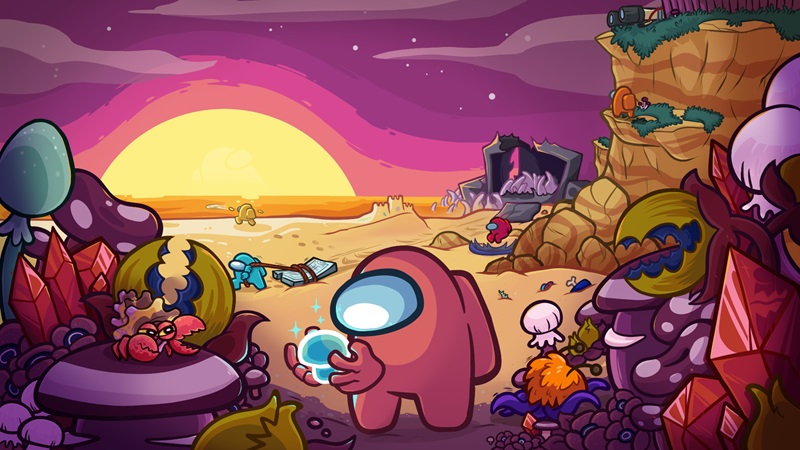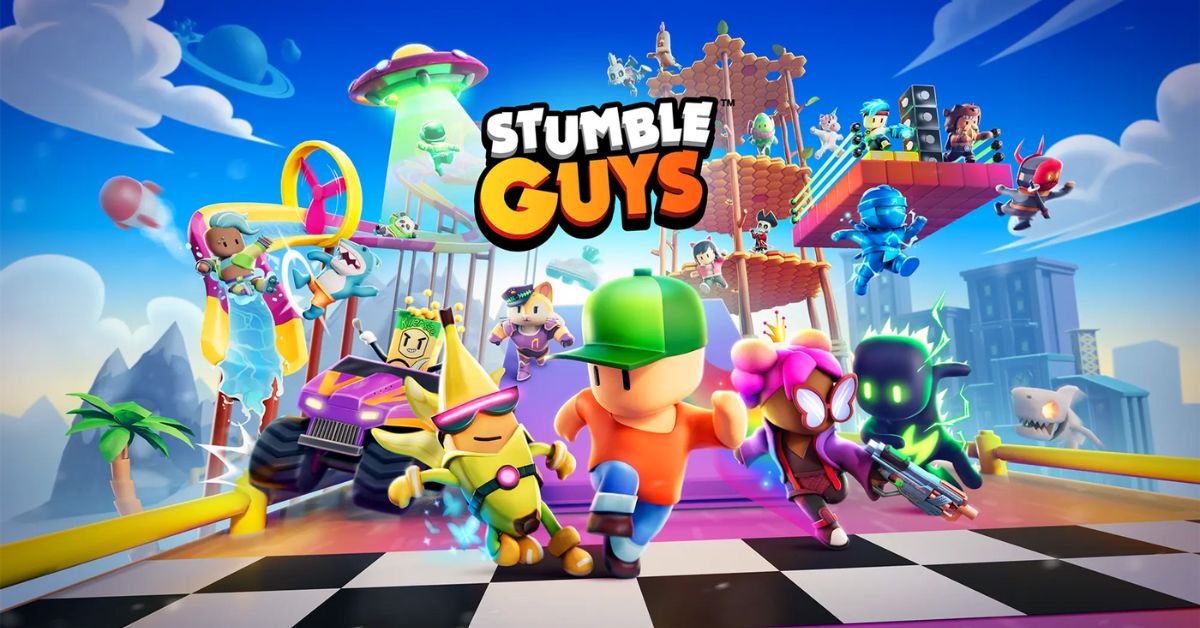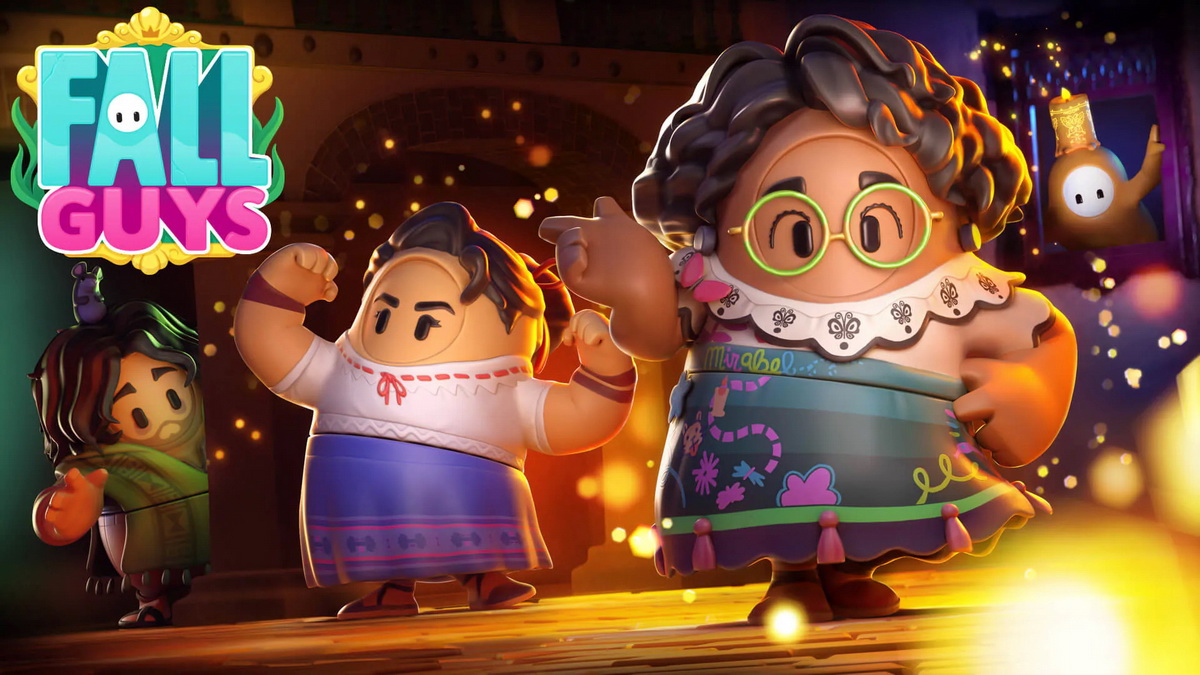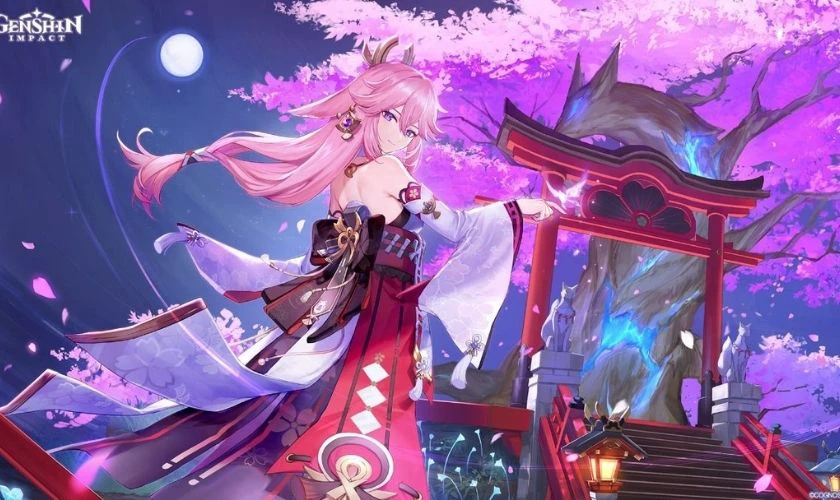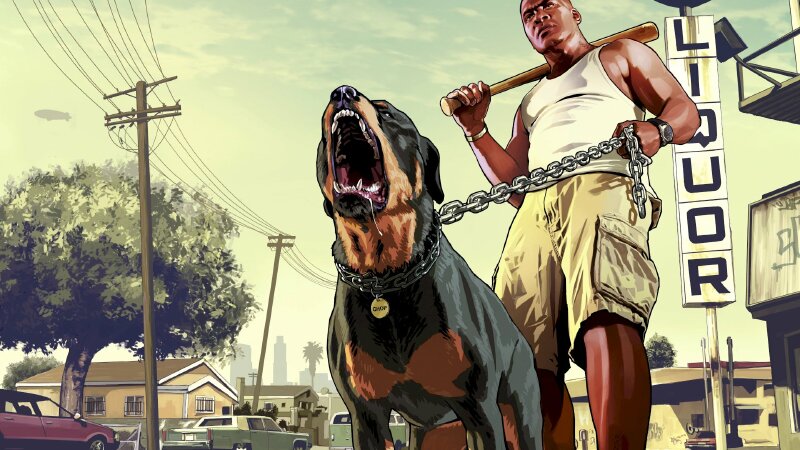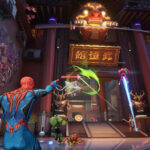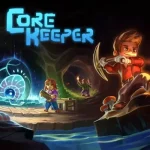The Origins and Development of League of Legends
From Mod to Mainstream
LoL traces its roots back to Defense of the Ancients (DotA) — a custom map in Warcraft III. Seeing the potential of this format, former DotA developers teamed up with Riot Games to build a standalone MOBA title that was accessible, free-to-play, and regularly updated.
Riot Games' Vision
Founded in 2006, Riot Games launched League of Legends in 2009. Their philosophy centered on long-term player engagement, frequent updates, and maintaining a competitive yet rewarding game ecosystem.
Gameplay Basics: How League of Legends Works
The Classic 5v5 Formula
At its core, League of Legends pits two teams of five players against each other on Summoner’s Rift — the game’s iconic three-lane map. The goal: destroy the enemy’s Nexus, the heart of their base.
Roles and Lanes
Each player chooses a unique Champion and fills one of five strategic roles:
-
Top Lane – Tanky duelists and bruisers
-
Jungle – Map control, ganking, and objective securing
-
Mid Lane – High burst damage mages and assassins
-
ADC (Bot Lane) – Ranged damage dealers
-
Support (Bot Lane) – Vision control and utility
Team coordination, strategic drafting, and mechanical skill determine the outcome of each match.
Champions: The Heart of League
Over 160 Unique Characters
From the demon Thresh to the cunning fox Ahri or the brutal juggernaut Darius, each champion in LoL has a unique set of abilities, voice lines, and lore.
Constant Balancing and Meta Shifts
With such a wide roster, Riot frequently updates champions to ensure balance. This dynamic shifting of the "meta" keeps the game fresh and challenging at every level.
Maps and Game Modes
Summoner’s Rift
The main battlefield of competitive play, Summoner’s Rift features three lanes, a jungle, and neutral objectives like:
-
Baron Nashor
-
Dragons (Elemental and Elder)
-
Rift Herald
ARAM (All Random All Mid)
Set on the Howling Abyss, ARAM offers chaotic 5v5 gameplay with randomized champions — perfect for casual fun and experimentation.
Rotating Game Modes
Occasional special modes like URF (Ultra Rapid Fire), Nexus Blitz, and One for All provide variety and light-hearted gameplay for all types of players.
Ranked System and Competitive Play
Iron to Challenger
Players can test their skills in Ranked mode, progressing through nine tiers:
-
Iron
-
Bronze
-
Silver
-
Gold
-
Platinum
-
Emerald (introduced in 2023)
-
Diamond
-
Master
-
Grandmaster
-
Challenger
Each rank represents a different skill bracket and encourages progression and mastery.
Matchmaking System
Riot uses a MMR (Matchmaking Rating) system to place players in balanced matches. While not always perfect, it strives to ensure fair competition.
The Esports Scene: LoL as a Global Sport
Regional Leagues and International Events
League of Legends is the most watched esport in the world. Riot runs multiple regional leagues including:
-
LCK (Korea)
-
LEC (Europe)
-
LCS (North America)
-
LPL (China)
Major international events include:
-
MSI (Mid-Season Invitational)
-
World Championship (Worlds)
These events draw millions of viewers, multi-million dollar prize pools, and global fanfare.
Teams and Superstars
Esports organizations like T1, G2 Esports, Fnatic, and JD Gaming have become household names. Players like Faker, Uzi, and Caps are considered living legends within the LoL community.
Monetization and Cosmetics
Free-to-Play with Paid Skins
League of Legends is entirely free-to-play. All champions can be unlocked with in-game currency, but cosmetic items like skins, ward skins, and emotes are purchasable via Riot Points (RP).
Skin Lines and Events
Popular skin themes include:
-
K/DA
-
Project
-
Star Guardian
-
Spirit Blossom
-
Dark Cosmic
Events often include new game modes, storylines, and battle passes with missions and rewards.
Community and Culture
Toxicity and Reform
LoL is infamous for its toxic player base, especially in ranked queues. Riot has introduced systems like:
-
Honor rewards
-
Report and punishment systems
-
Chat filters
However, moderation remains an ongoing challenge.
Content Creation and Fanbase
The game has spawned a massive content ecosystem — YouTube channels, streamers (e.g., Tyler1, LS, Faker), fan art, music videos (like Pop/Stars by K/DA), and even anime.
Technical Aspects and Updates
System Requirements and Performance
League is optimized for a wide range of PCs and even runs well on older hardware. Its lightweight engine and regular patches make it accessible globally.
Continuous Updates
Riot rolls out bi-weekly patches, balancing champions, adding content, and fixing bugs. These updates are informed by player feedback, data analytics, and pro-level play.
Riot’s Expanding Universe
Arcane and Lore Expansion
The Netflix series Arcane introduced LoL’s universe to a new audience, earning critical acclaim for its storytelling and animation. It focuses on characters like Vi, Jinx, Jayce, and Caitlyn, deepening the game's lore.
Riot Forge and Spin-offs
Games like:
-
Legends of Runeterra (card game)
-
Ruined King (turn-based RPG)
-
CONV/RGENCE (platformer)
...show Riot’s commitment to building the Runeterra Universe beyond LoL itself.
Conclusion: Why League of Legends Continues to Reign Supreme
League of Legends remains a juggernaut in the gaming industry because of its strategic complexity, character diversity, consistent support from Riot, and unmatched presence in the competitive scene. With more than a decade of refinement, LoL delivers a deep, competitive experience that rewards both casual fun and professional mastery.















